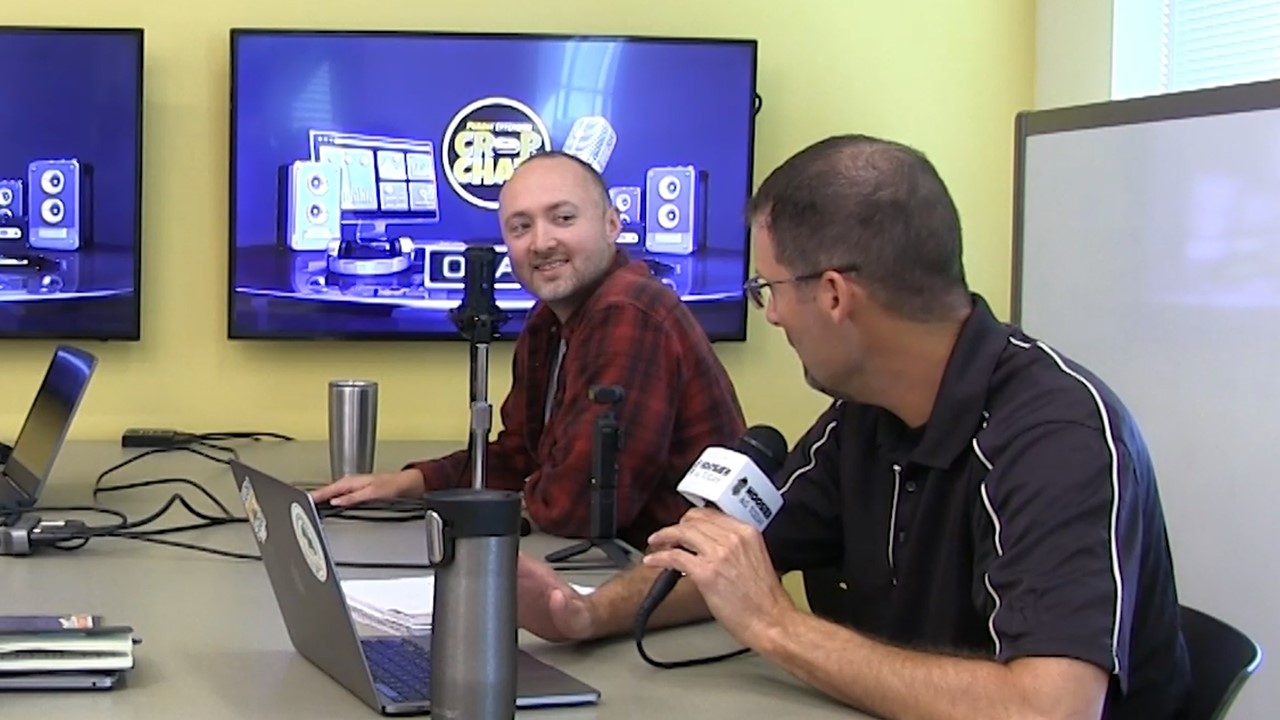Quinn: Southern Rust Has Been ‘Nasty’ for Corn Producers in 2025

Corn producers have been facing a number of different disease pressures over the past several years, and before this year, it’s mainly been Tar Spot.
“Tar spot wasn’t the story this year. It was Southern Rust, which was nasty and it was everywhere,” says Dr. Dan Quinn, Corn Specialist with Purdue Extension.
On the latest episode of the Purdue Crop Chat Podcast, he tells Hoosier Ag Today that Southern Rust has been rearing its ugly head all over the Midwest.
“It was found all the way up in mid-Michigan,” according to Quinn. “I know Iowa took it on the chin, as well as in Illinois. That’s a function of the temperatures we’ve had and the weather we’ve had. Even from some of our own trials, we’ve had corn submitted with disease and sent to our diagnostic labs, and a lot of them came back with not one but four or five diseases.”
Now that Southern Rust is impacting corn in more places than ever, does that mean that corn producers will have to change their strategies for tackling disease pressures for next year’s crop?
“I think they have to, but it’s really tricky with a disease like Southern Rust because it really gets reset every year, so it’s really hard to predict,” says Quinn.
“Tar spot is something that once you have it you have it and the conditions are right, we’re probably going to see it and some of the other diseases that are similar. However, with Southern Rust, one year you could have it, and the next year we could never see it. A lot of it is based off of storm systems and the movement of the spores out of the Southern U.S., as well as temperatures. A disease like Tar Spot doesn’t like high temperatures, and I think that’s been a big reason why we haven’t had much. It’s been around, but Southern Rust comes out of the South and it’s a more tropical disease that thrives on higher temperatures, like what we’ve seen this summer,” adds Quinn.
CLICK BELOW to watch latest episode of the Purdue Crop Chat Podcast:
